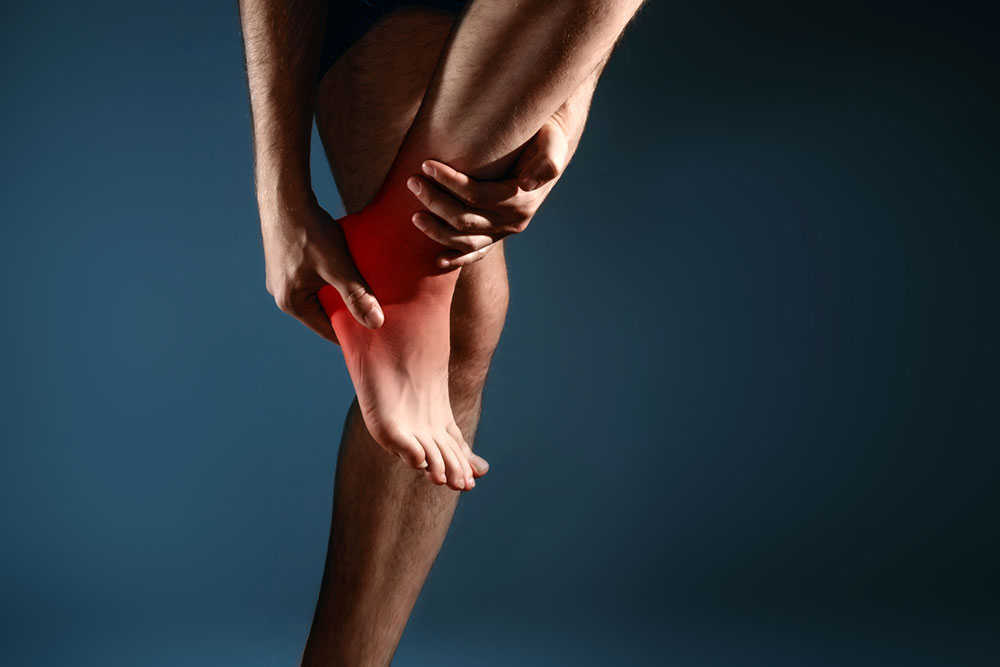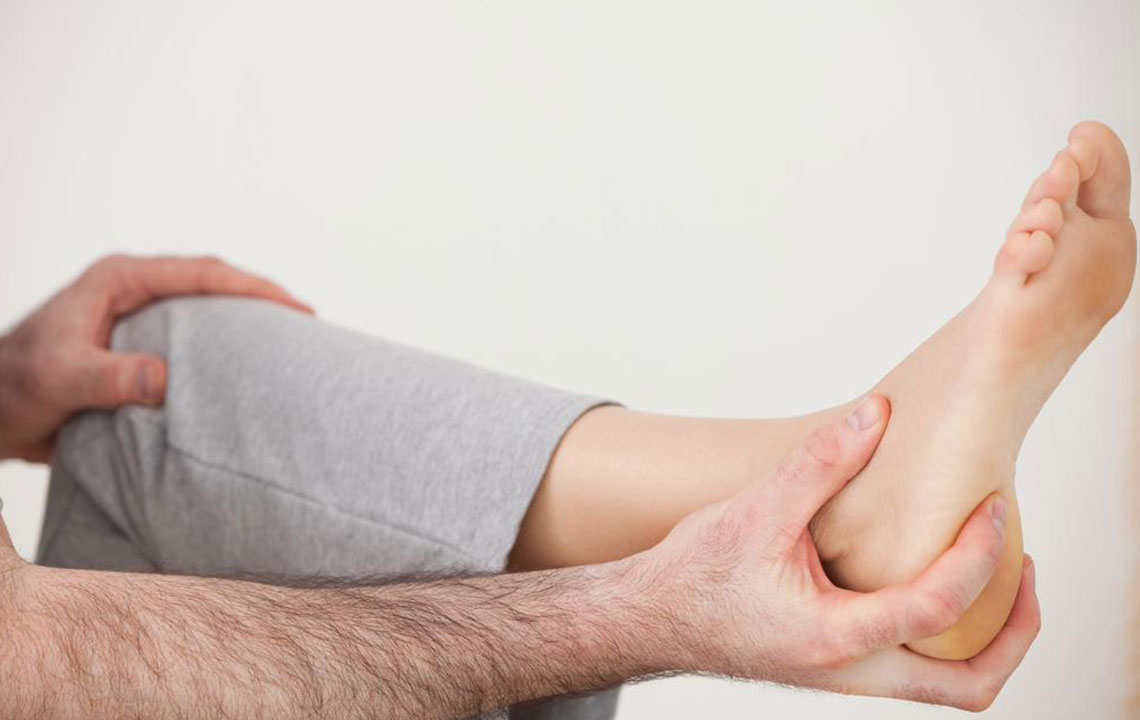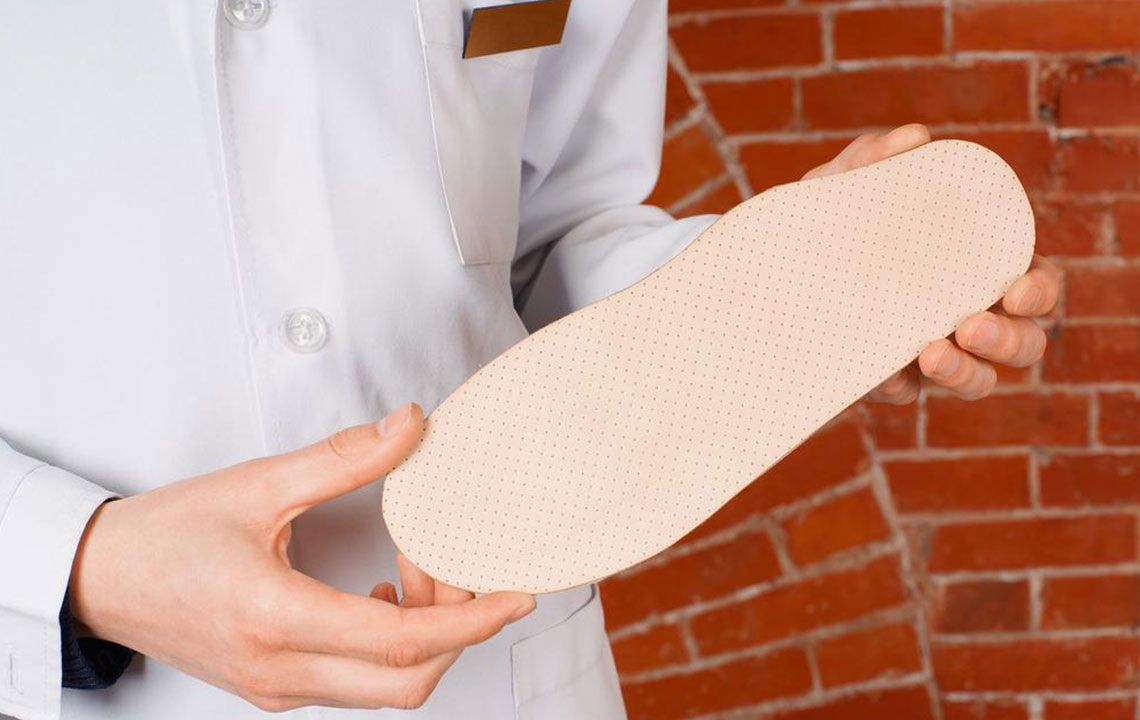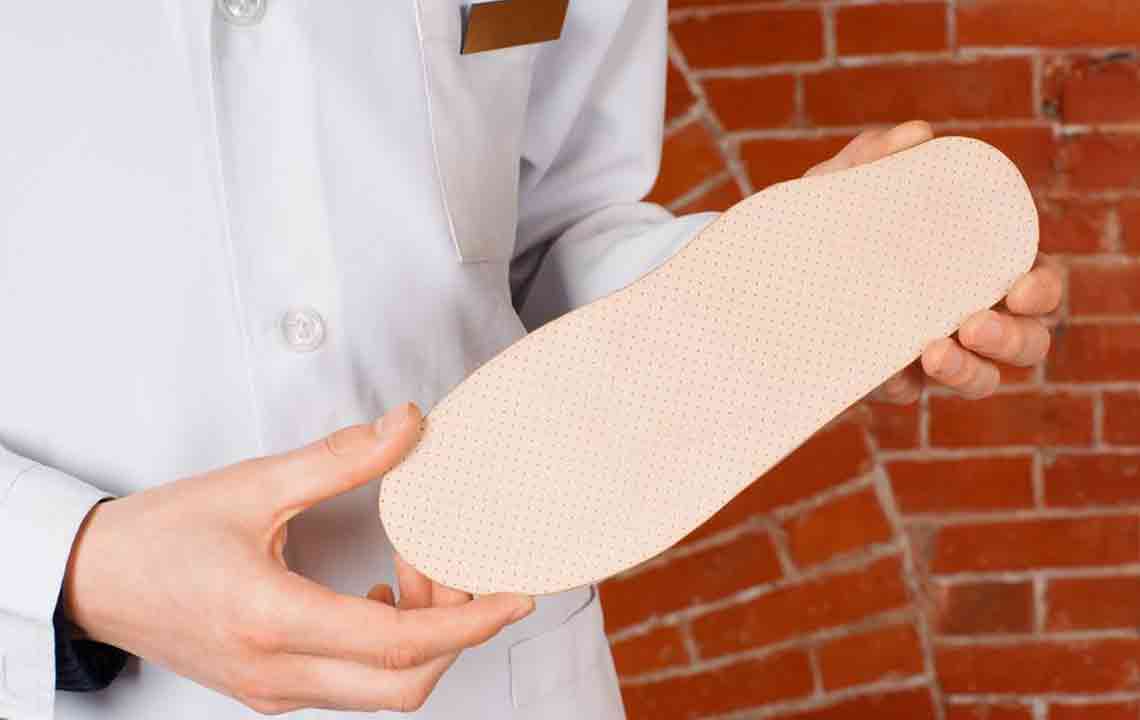Effective Strategies to Alleviate Heel Spur Pain
Discover effective methods to relieve heel spur pain, including cold therapy, supportive footwear, medications, and medical procedures. Learn how to manage this common condition and prevent further discomfort through professional treatment options and lifestyle adjustments designed for faster recovery.

Effective Strategies to Alleviate Heel Spur Pain
Heel spurs are bony protrusions on the underside of the heel bone, often causing discomfort and difficulty walking. While some individuals remain unaware of their presence, others experience significant pain, especially when associated with plantar fasciitis. These growths develop towards the arch of the foot, making treatment essential. Though custom footwear offers comfort, targeted heel spur therapies are crucial for relief. The condition results from calcium deposits, often linked to ligament strain or repetitive stress, common in athletes and active individuals.
Symptom relief can be achieved through various treatments. Here are some effective options to consider:
Ice Therapy
Applying cold packs to the heel can reduce inflammation and alleviate pain. Wrap an ice pack in a cloth and place it on your heel for 10 minutes, repeating every hour for optimal relief. Keep the packs frozen for ready access at all times.
Supportive Footwear
Choose shoes that provide firm heel support and minimize pressure on the heel. Look for moderate flexibility; avoid shoes that collapse easily. Elevating the heel slightly (no more than one inch) can also reduce strain. Custom orthotics are an option if standard shoes do not meet your needs.
Over-the-Counter Medications
Non-prescription pain relievers can help reduce discomfort and inflammation. Consult your doctor if you have underlying health conditions before using these medications.
Cryoultrasound Therapy
This advanced treatment combines cold therapy with electromagnetic energy to target heel pain. Conducted by physical therapists or podiatrists, it uses a wand-like device to deliver treatment, helping to reduce inflammation and promote healing.
Corticosteroid Injections
These injections can provide temporary pain relief by reducing inflammation. Limit the number of injections, as overuse may cause tendon damage or other complications. The procedure involves numbing the area prior to injection.
Surgical Intervention
When conservative treatments fail, surgery may be recommended. The procedure typically involves removing the heel spur and detaching the affected fascia. Although effective, surgery carries risks such as nerve injury and possible recurrence. Healing may take several weeks, during which walking can be limited.
This condition arises due to calcium buildup beneath the heel bone, often taking months to develop unnoticed until pain manifests. Repetitive stress, ligament strain, or high-impact activities can contribute. Preventative measures include reducing strenuous activity, avoiding undue pressure, and seeking professional treatment promptly. Early intervention helps prevent worsening symptoms and speeds recovery.










